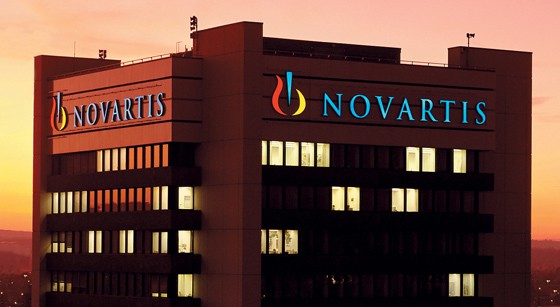
Novartis has data from a phase 2 study of its next-generation monoclonal antibody ligelizumab (QGE031), demonstrating superior efficacy compared to its older immunology drug Xolair (omalizumab).
The new treatment is being studied in chronic spontaneous urticaria (CSU), one of Xolair’s approved indications.
Ligelizumab binds to immunoglobulin E (IgE), a key driver of CSU, with a mechanism of action that has demonstrated superior effectiveness at inhibiting this pathogenic pathway when compared to its predecessor.
According to Novartis, ligelizumab binds to IgE with an 88-fold higher affinity than Xolair, with the two binding differently to the antibody.
CSU is a skin condition characterised by itching and hives, or wheals, that can recur on a daily basis for periods of six weeks and can be disabling for patients. Itching is often accompanied by deep tissue swelling that can affect the face, neck, hands and feet.
“We were recently encouraged by previous clinical study results showing more patients are completely symptom-free from CSU with ligelizumab than Xolair,” said Eric Hughes, global development unit head for immunology, hepatology and dermatology, Novartis.
“This mechanistic study further supports those findings as we look to reimagine care to bring better treatment options for patients with CSU,” he added.
Novartis picked up ligelizumab following its acquisition of UK firm Ziarco in 2016. Although financial details were not disclosed, analysts suggested that the deal could be valued at up to $1bn.
However, this estimate is likely to have been impacted by the recent failure of another asset acquired in the deal.
Fevipiprant (QAW039) was being studied by the Swiss pharma as an oral treatment for moderate-to-severe asthma, but ultimately failed at reducing the rate of exacerbation in inadequately controlled asthma patients compared to placebo.
Both assets had been identified by Novartis as drivers of near- to mid-term growth over the next few years during its latest growth strategy update.
Among the other promising late-stage pipeline candidates are multiple sclerosis treatment ofatumumab (OMB157), radioligand prostate cancer therapy Lu-PSMA-617 and Canakinumab (ACZ885) – an IL-1 beta monoclonal antibody for non-small cell lung cancer.
If all goes to plan, Novartis is set to file ligelizumab by the end of 2021.




